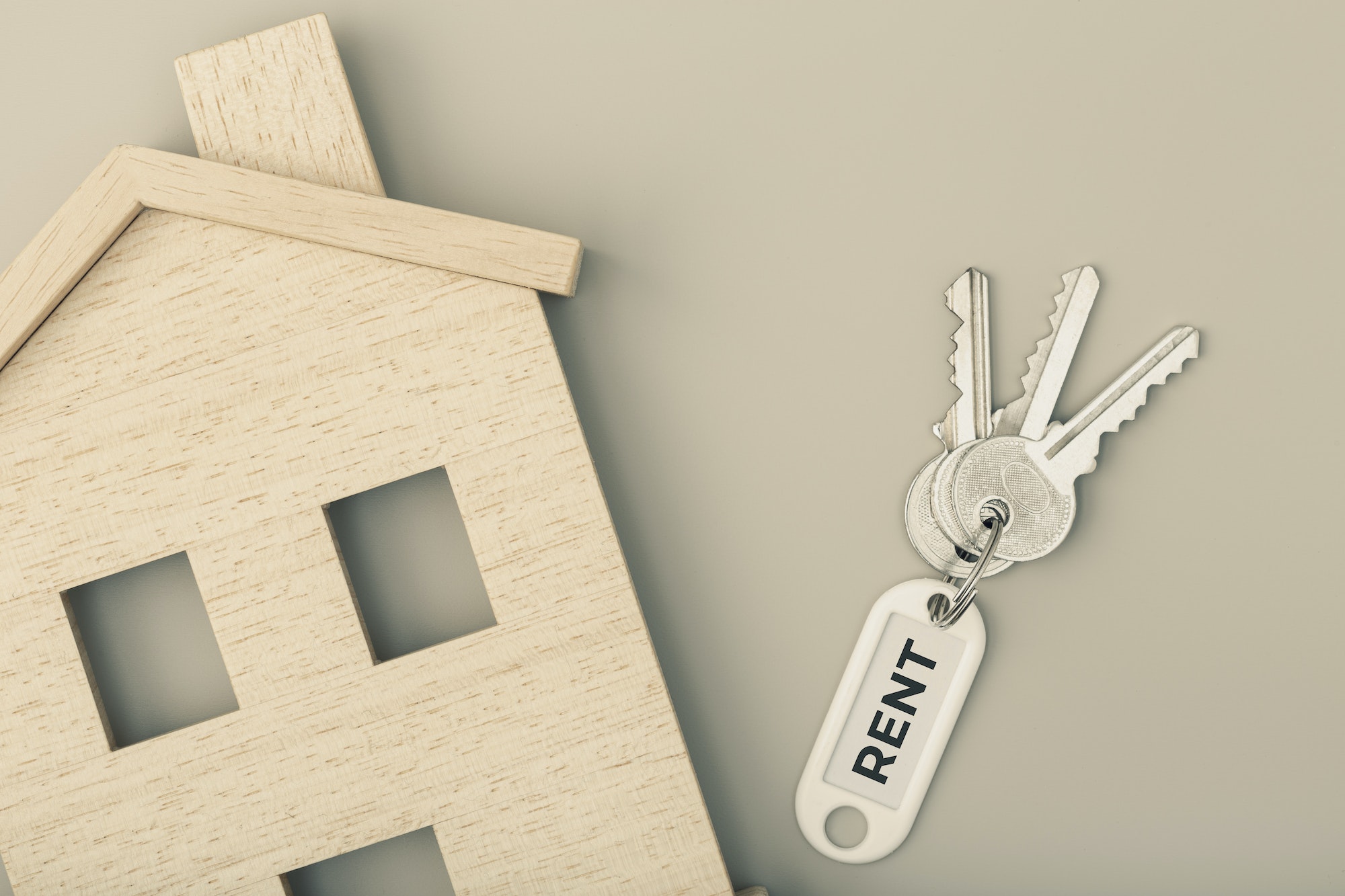In 2020, about 6.2 million homes will be sold in the United States. Most of these homes will be bought by first-time buyers.
Buying your first time is one of the most exciting ventures you’ll ever undertake. However, it’s also going to be among the largest and most complicated purchases of your life.
The mortgage process, in particular, can be quite confusing if you’re doing it for the first time. That’s why it’s beneficial for you to know what to expect. In this friendly guide, we elaborate on the typical mortgage loan process, so it’s easier for you to navigate it.
Read on to learn more.
How Does the Mortgage Process Work?
Before we explain the various steps of the home loan process, you need to know that the process may vary slightly from one borrower to the next. There’s a variety of factors that determine the timeline of a mortgage loan process. Generally, however, the entire process will take between three and five months.
Below are the steps that will usually take place for a loan to be approved by the lender.
Prequalification
The first real step in the home buying process timeline involves getting pre-qualified for a mortgage. Your prospective lender gathers the relevant information about your income and debts to determine how much you can pay for a home. The lender will usually pre-qualify you for each type of mortgage you can qualify for.
Before approving you for the amount and type of loan you want, a lender will look at two factors:
- Your ability to repay the mortgage
- Your willingness to repay the mortgage
Your employment status and total income determine your ability to repay the loan. How you intend to use the property and how you’ve fulfilled your financial commitments in the past will determine your willingness to pay.
Assessing Various Mortgage Programs and Rates
Once your prospective lender determines that you qualify for a mortgage, it’s time to analyze the various mortgage programs available. This is where you think about how long you plan to keep the loan.
Do you intend to sell the home several years down the line? Then you may want to go for an adjustable loan. A fixed loan, on the other hand, is perfect for those who intend to keep the house for the long-term.
Filling the Application Forms
Now that you’ve decided which loan program will work for you, it’s time to start with the paperwork. Filling the mortgage application form will usually happen between the first and fifth done after you start the mortgage process.
A mortgage professional will usually help you with this process. Find a mortgage broker you can trust to guide you through this step. A reliable broker can also help you find the best mortgage rates and walk you through the entire mortgage application process.
The Loan Estimate
Once you’ve completed filling the loan application form and submitted it to the lender, they’ll send you a loan estimate form within three days. This document tells you essential details about the mortgage you’ve requested. These details include:
- The estimated interest rate
- Monthly payment
- Total closing costs
The loan estimate also informs you of any special features of the mortgage, such as if you’ll incur penalties for paying the loan early.
The Intent to Proceed
After reading the loan estimate, you can decide to proceed with the application process or not. If you don’t want to proceed, you don’t have to do anything from this point. If you decide to go forward with the loan process, inform the lender of your intent to proceed by phone or in writing.
Processing
Now that you’re moving on with the loan process, the lender can begin to process the loan. The mortgage processor will order a credit report, appraisal, and title report. Relevant information on your loan application form, such as your bank deposits and payment history, will be verified.
Usually, your mortgage lender will give you a list of the documents they need for the loan you’ve applied for. Generally, you may need to provide W-2s, pay-stubs, tax returns, and so on.
Appraisal
We mentioned before that the processor would order an appraisal as part of the documents they need to process the loan.
The appraisal of a home entails the valuation of the rights of a property’s ownership. The appraiser defines the rights to be appraised. Typically, the appraiser will interpret the property market to arrive at an estimate of the value of the home.
During the compiling of the data, the appraiser looks at the physical condition of the home and the available amenities. They use this information in arriving at their final opinion of the value of the home. The typical home appraisal timeline takes 3-10 business days.
Underwriting
After the processor is through compiling the complete package that includes all the relevant documentation, they send it to the lender. An underwriter examines the package and determines whether the loan is acceptable or not. If the underwriter deems the loan acceptable, it’s put into an approved status.
Closing Disclosure
The closing disclosure refers to a five-page document that gives you the final details regarding the mortgage you’ve applied for. These details include:
- Projected monthly payments
- What you’ll pay in fees
- Closing costs
Usually, the closing disclosure comes at least three business days prior to the closing of the mortgage loan.
Closing
This is the final stage of the mortgage application process. After the lender approves your loan, they transfer your file to the closing and funding department. You then pay the closing costs and sign the mortgage documentation.
The signed documents are then returned to the lender for examination. Once the lender determines that all is in order, they organize for the funding of the mortgage. Next comes the recording of the mortgage note and the deed of trust at the county recorder’s office.
After the recording of the mortgage, you’ll pay the final settlement costs. Then the lender makes the final disbursements.
The Mortgage Process Does Not Have to Be Complicated
The mortgage process can seem intimidating for many first time applicants, but that doesn’t have to be the case. By taking the time to learn of the steps involved in the application process, you’ll find that things go much more smoothly when you begin the actual application.
Would you like to read more great content like this? Please keep visiting our blog.
Discover more from Futurist Architecture
Subscribe to get the latest posts sent to your email.




